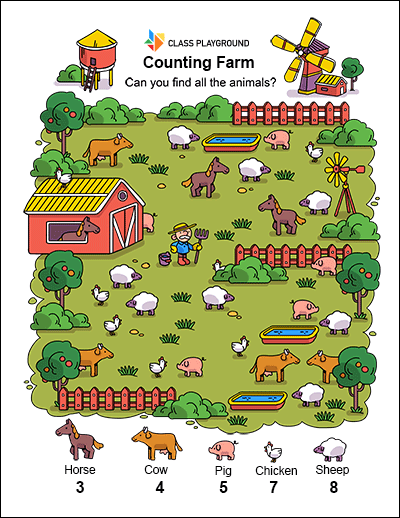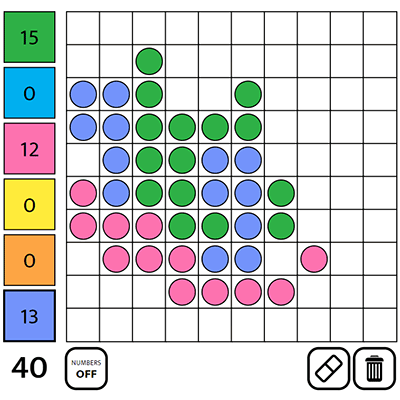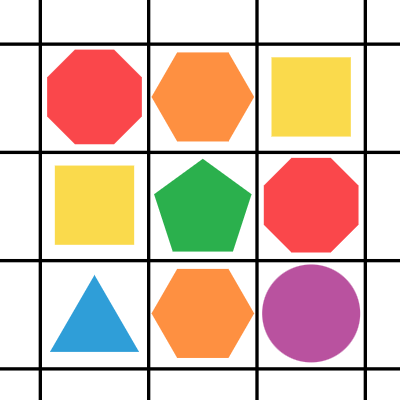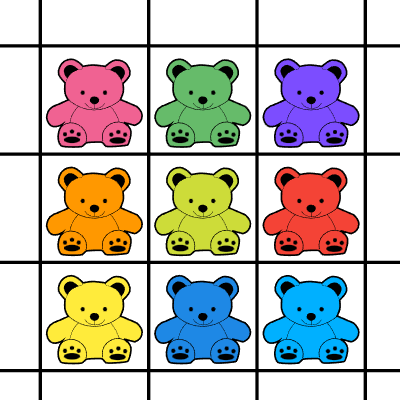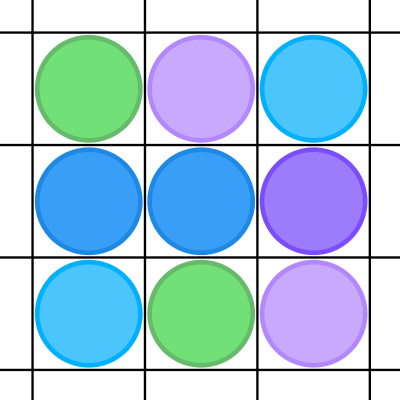What is Counting?
Counting is one of the earliest mathematical skills children acquire. It is the process of assigning a unique number name to each object in a set, forming the basis for more complex math operations like addition and subtraction.
Why is Counting Important?
Counting serves as the foundation for all higher mathematical concepts. It helps children understand the concept of quantity, learn the order of numbers, identify patterns in the number system, and develop reasoning skills. Additionally, counting has practical applications in daily life, such as telling time, measuring quantities, or keeping score in games.
Strategies for Teaching Counting
Teaching counting effectively requires a mix of concrete examples, engaging activities, and constant practice.
- Start with Concrete Objects: Using tangible items like toys, buttons, or fruits can help children visualize the concept of quantity. For instance, you could ask them to count the number of apples in a basket or the number of toys in their toy box. This provides a physical representation of numbers and helps to reinforce the concept of counting.
- Use Number Lines: Number lines visually represent the order of numbers and can be used to introduce the concept of “more than” or “less than.” You can draw a number line on the board or use a printed one, and use it to teach students how to count forwards and backwards, and understand the relative positions of numbers.
- Introduce Number Rhymes and Songs: Incorporating songs and rhymes that involve counting can make learning fun and memorable. Nursery rhymes like “One, Two, Buckle My Shoe” or songs like “Five Little Ducks” not only engage children but also help them remember the sequence of numbers.
- Practice Counting in Everyday Situations: Counting can be incorporated into daily routines, enhancing its practical application. For example, asking children to count the number of steps while climbing stairs, or the number of plates while setting the table, can make learning more relevant and effective.
- Gradually Introduce Larger Numbers: Begin with smaller numbers (1-10) and gradually increase the range as students gain confidence. This allows students to gradually build their understanding and prevents them from feeling overwhelmed.
Activities
- Counting Games: Traditional games like ‘Musical Chairs’, ‘Duck Duck Goose’, and ‘Hide and Seek’ naturally involve counting and can be a fun way to reinforce this skill. For example, in ‘Hide and Seek’, the seeker has to count to a certain number before starting to search for the others. In ‘Musical Chairs’, students count the number of chairs and participants to ensure they match.
- Count and Match: This activity requires preparation of cards with numbers on some and corresponding pictures depicting that number of items on others. For instance, a card with the number ‘3’ might match a card depicting three apples. Students then match the number cards to the correct picture cards. This activity not only reinforces counting but also number recognition.
- Dot-to-Dot Pictures: Dot-to-dot activities are great for reinforcing counting sequences and fine motor skills. Students connect the dots in numerical order to create a picture. This activity can be tailored for different levels by using higher numbers for older students.
- Counting Books: There are many children’s books that incorporate counting in their stories. Books such as “Ten Black Dots” by Donald Crews or “The Very Hungry Caterpillar” by Eric Carle integrate counting into a narrative, making the learning process enjoyable and engaging. Reading these books and discussing the counting aspects can help reinforce counting skills in a meaningful context.

